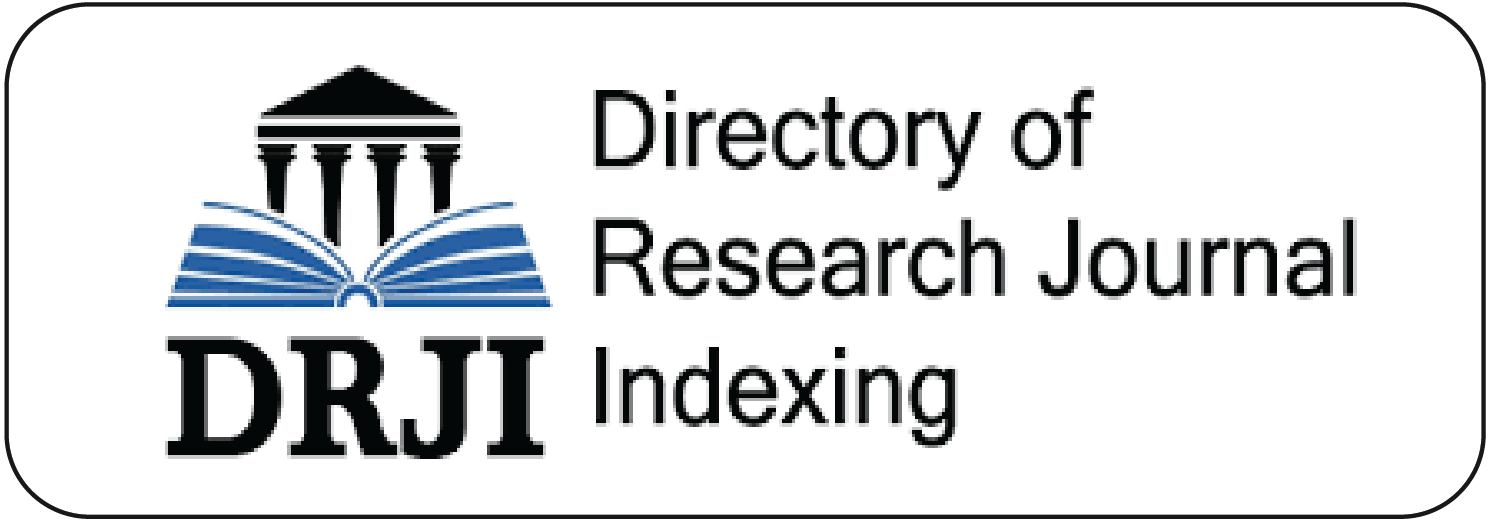Changes In FDI Outflow Resulting From Jordan’s Response To The Syrian Crisis
DOI:
https://doi.org/10.51377/azjaf.vol3no2.122Keywords:
foreign direct investment outflow (OFDI), the unemployment rate (UR), the Syrian crisis, ARDL, JordanAbstract
This study aimed to investigate the changes in FDI outflow resulting from Jordan’s response to the Syrian Crisis. Using time series analysis of selected variables during the period 1980 until 2018 using the ARDL model. The objective achieved the appropriate statistical tests such as data stability and co-integration tests have been used. The variables analysed the growth of FDI outflow GOFDI, the unemployment rate UR, growth of imports GIMP inflation CPI, population growth POP, education spending LEDU, price oil price volatility OPV, dummy variable for the Syrian crisis DUM, and the error term ut. The dependant variable is the foreign direct investment outflow GOFDI. This study results in a long-term the error correction term for the unemployment model is -1.98. In other words, the economy is adjusting towards long-run equilibrium at a speed of 1.98. Also, the error correction term for the inflation model is -1.11. In other words, the economy is adjusting towards long-run equilibrium at a speed of 1.11. Finally, the error correction term for the imports model is -1.41. In other words, the economy is adjusting towards long-run equilibrium at a speed of 1.41. The study recommended; that the Jordanian government must provide an appropriate environment for foreign investment and remove the obstacles to investment in general, in order to attract foreign investment capital to invest in the Jordanian economy.
Downloads
Downloads
Published
How to Cite
Issue
Section
License
Copyright (c) 2022 Adham Taher Alessa, Adham Taher Alessa, Hartini Mohammad, Zakia Ahmed Mohamed Meshal

This work is licensed under a Creative Commons Attribution-NonCommercial-NoDerivatives 4.0 International License.




















